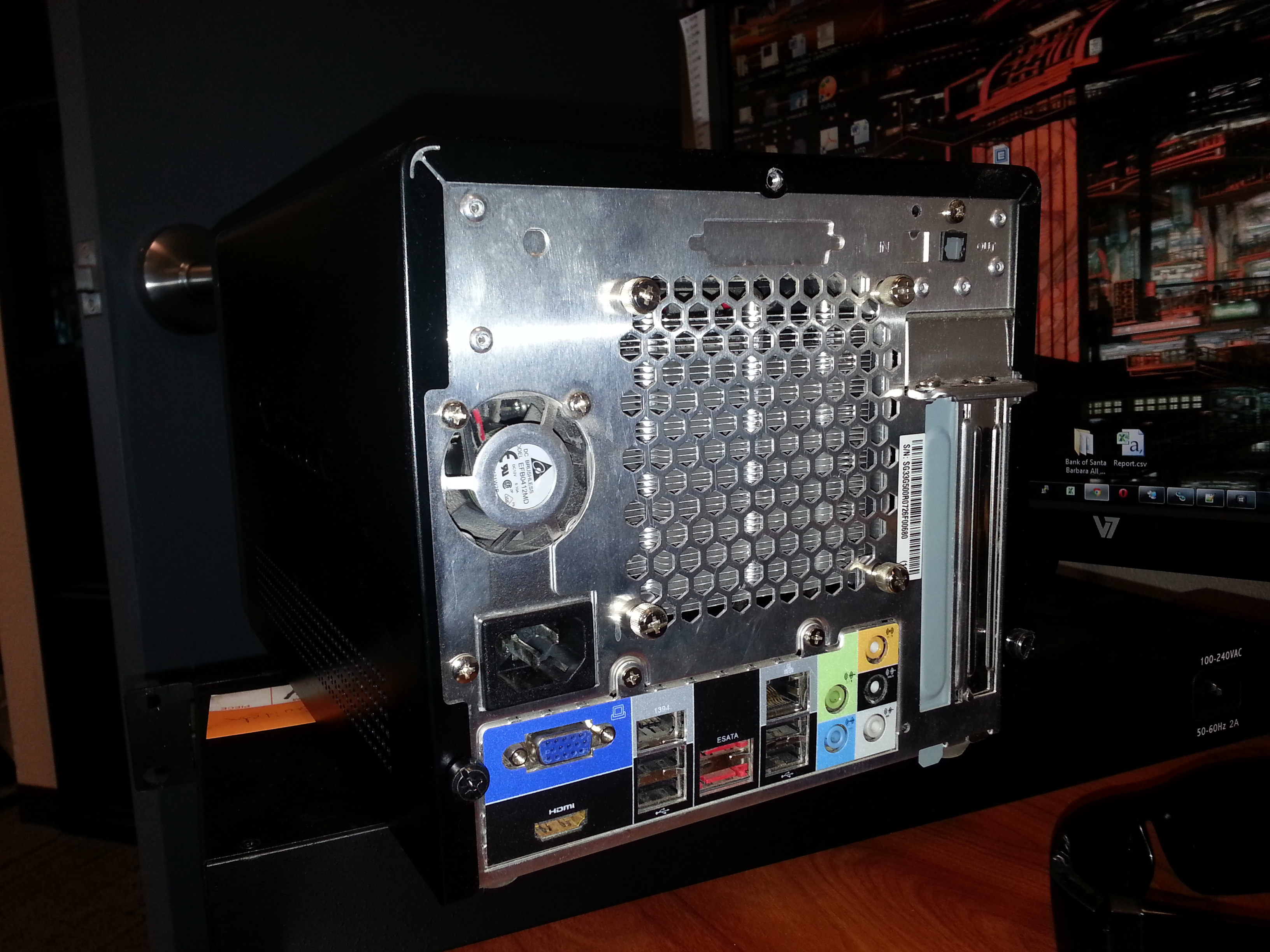My associate, Chase, brought to my attention a new Not-For-Resale Virtual Machine by Palo Alto that is a virtual firewall/router. I’ve been looking for a good replacement for my home SonicWall TZ180W, and I think the Palo Alto firewall will be a more robust solution. Here is a brief outline of the project I will commit to completing over the course of many posts:
- Obtain hardware and setup with multiple NICs
- Setup VMWare’s ESXi v4.1
- Copy virtual machine to VMWare’s datastore
- Start VM, troubleshoot and make initial configuration
- Put in place at home, setup with my ISP, setup VPN, and setup a subnet for WiFi
- Tune firewall, filtering, and SSL
1. Obtain hardware and setup with multiple NICs that meet VMWare’s standards.
I had been using a Shuttle xPC SG33G50 for my linux box which was hosting my blog for a short period of time. Because my blog had since been moved to Amazon’s AWS cloud infrastructure, the Shuttle is now available as a project PC.
As seen in the photo, the machine has PCI slots for cards, VGA, HDMI, FireWire, 6 USB ports (two in front, four in back), ESATA, one Gigabit NIC, and audio+optical ports. It’s nice because the machine small, quiet, uses little energy and has decent hardware specs.
Fortunately the Shuttle meets the standards of the PAN-VM-100 virtual machine: Minimum 4GB RAM, Virtualization Technology, Minimum 16GB hard disk space, and VMWare ESXi 4.1. What it does not have is dual Gigabit NIC’s. For that I purchased an Intel PRO/1000 pt Dual Port Server Adapter from Amazon.
The final configuration of the Shuttle PC contains: Intel Core2 E2180 2Ghz , 4GB DDR2-800 PC2-6400 Memory, Intel PRO/1000 Pt Dual Port Server Adapter, Targus 32GB SSD hard drive.
Once the adapter arrives from Amazon I’ll continue on to the setup of ESXi 4.1 and post my results
— Update – unfortunately, the hardware does not support virtualization and this project has been put on hold. The system was put to good use, however, and now is a PC for my two little girls. They love it! I am considering purchasing a server from www.geeks.com to run my virtual machines, and will update if and when that takes place.

